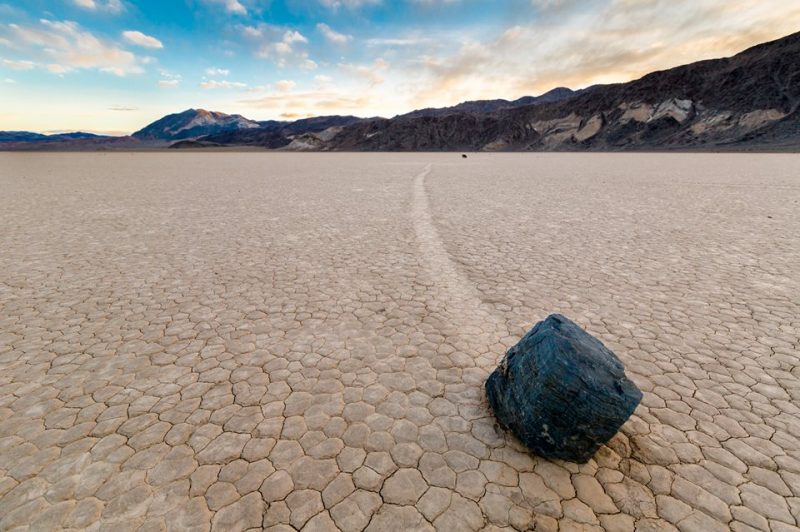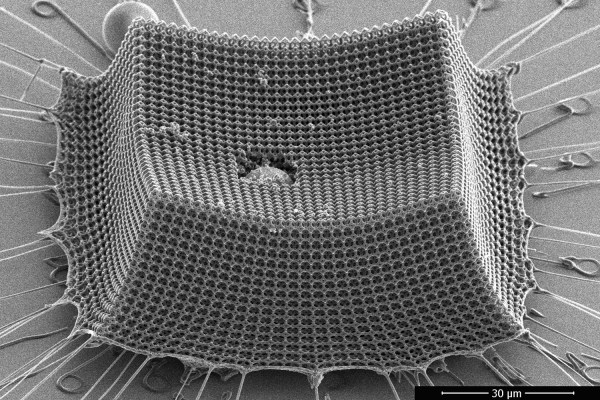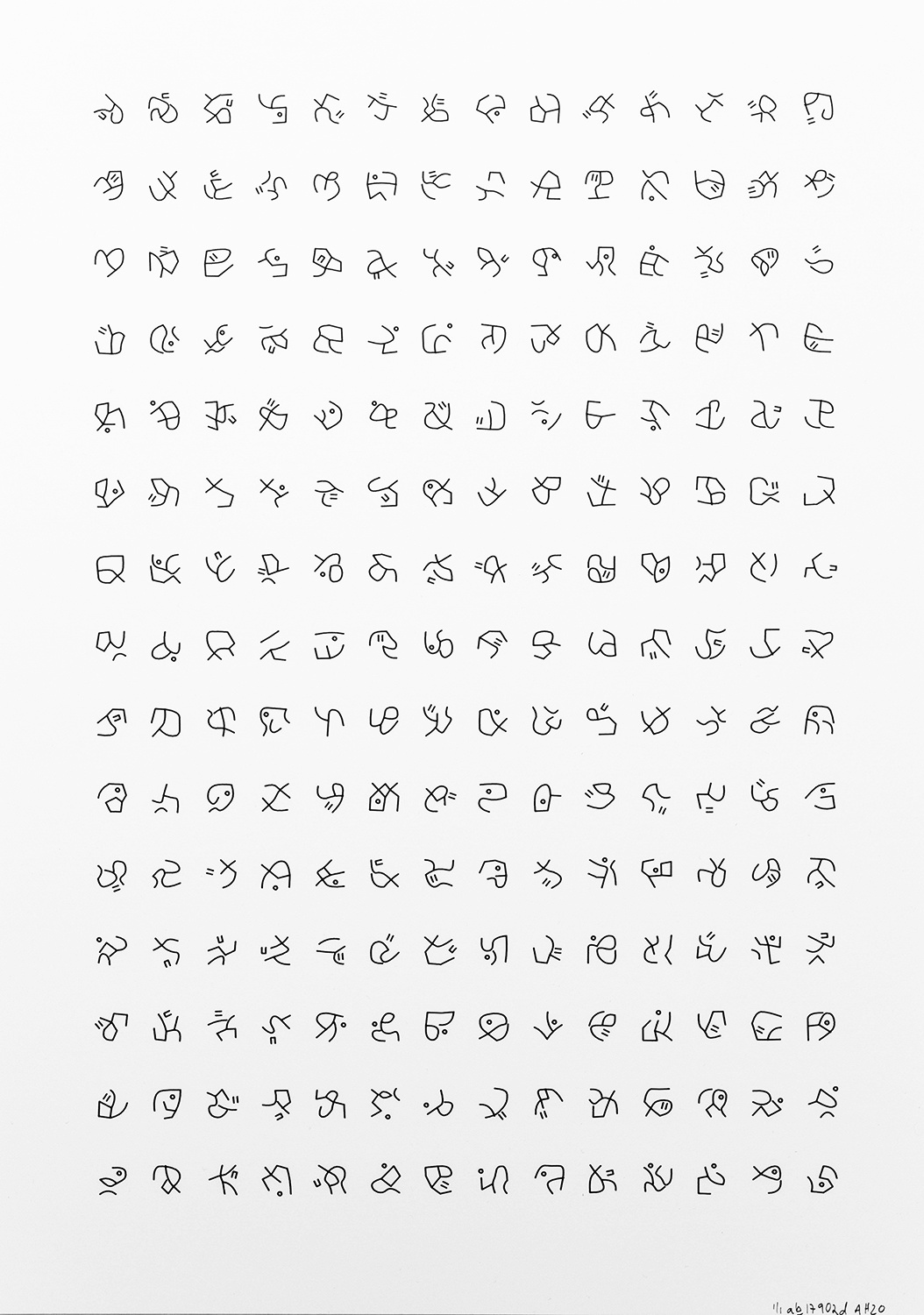
Study of Venus's Haasttse-baad Tessera suggests formation by two large impacts
This article has been reviewed according to Science X's editorial process and policies. Editors have highlighted the following attributes while ensuring the content's credibility:
A trio of geologists and environmental scientists from Universidad Rey Juan Carlos, Lawrence Livermore National Laboratory, and the University of Minnesota has found evidence suggesting that the Haasttse-baad Tessera formation on Venus was likely formed due to two large impacts early in the planet's history.
In their paper published in the Journal of Geophysical Research: Planets, Iván López, Evan Bjonnes and Vicki Hansen describe how they used geologic relations and numerical modeling to develop a theory to describe Venus's oldest recognized terrain feature.
Prior research has shown a large concentric multi-circle formation on the surface of Venus called Haasttse-baad Tessera. Prior research has also shown that, unlike other planets in the solar system, Venus has no evidence of crater impacts larger than 300 kilometers across. In this new effort, the research trio wondered if Haasttse-baad Tessera might be evidence of a much larger impact.




















